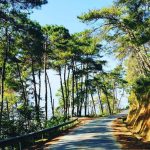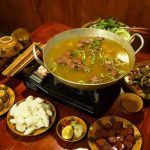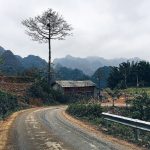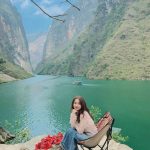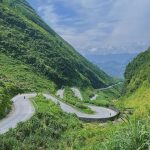Dong Van Karst Plateau
Dong Van Karst Plateau is an opportunity to test your courage due to its high pass. Furthermore, you can immerse yourself in majestic nature, living with poor people but still full of joy and happiness in life. You will also release in the sound of the hum and the sound of the flute. Maybe it will make you overwhelmed when you leave this place.
An introduction to Dong Van Karst Plateau
Located 132km from Ha Giang town along the 4C Road, Dong Van Plateau is a rugged and majestic mountainous region in the North Pole with magnificent and impressive beauty.
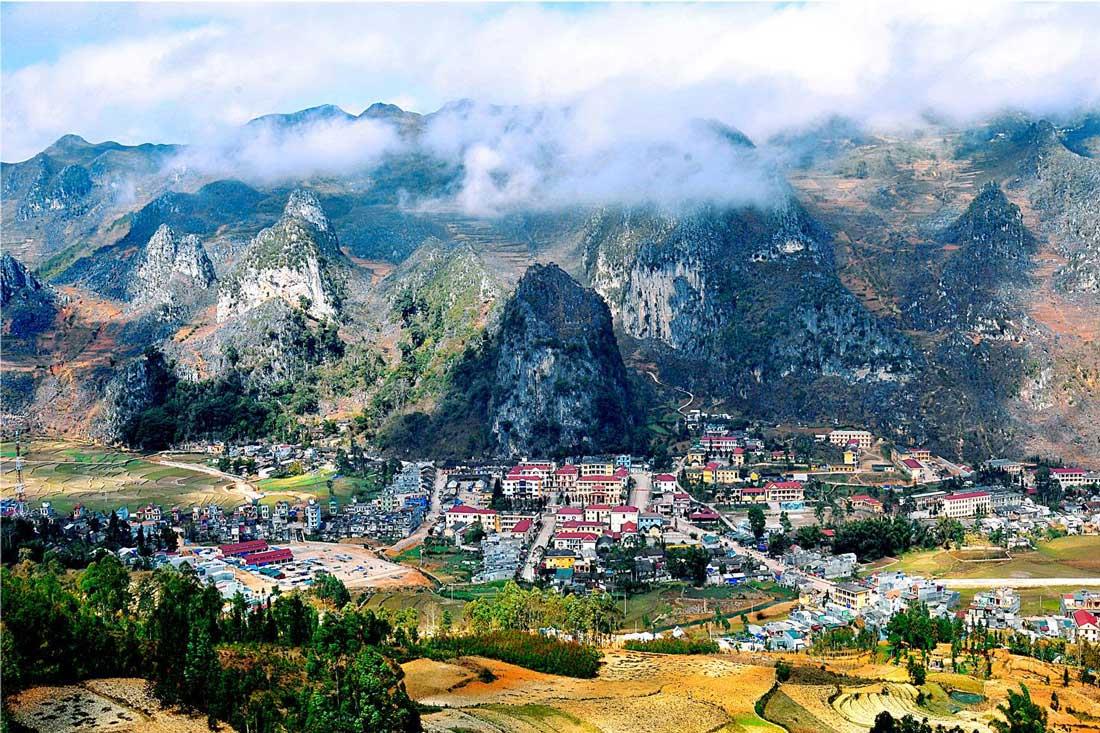
Ha Giang is beautiful in the wildness of mountains and forests
Dong Van Plateau is located at an average altitude of 1,000 – 1,600m above sea level, on an area of nearly 2,356km² stretches across 4 districts of Quan Ba, Yen Minh, Meo Vac and Dong Van of Ha Giang province. This is one of the special limestone regions of the country, containing typical marks of the development history of the earth’s crust. Dong Van has up to 80% of limestone exposure, made up of very different environmental conditions and stages of development spanning hundreds of millions of years.
From Ha Giang, going along Highway 4C about 43km to Quan Ba district; continue go through the dangerous Can Ty pass, vast pine forests, winding slopes, visitors go to Yen Minh, Dong Van and Meo Vac districts to explore this Plateau.
Places to visit, explore when traveling to Dong Van
Architectural relic area of the King
This unique work was built in the early 20th century. It is modeled after Chinese architecture (Manchu dynasty) with curves and elaborate engravings. This is not only a mansion but also a defensive fortress between the rocky plateau in historical times. The King, with an area of over 1,000 meters, has been recognized as a national architectural monument. This villa has been restored and will become a unique highlight in your trip.
The residence of the Vuong family, with ancient and unique architecture

Dong Van Ancient Town
The one- km street was formed nearly a century ago, with typical architectural features of upland people with walled houses, yin and yang tiled roofs, paved floors … Highlights and the beginning of the street is an old market, built of stone roofed with yin and yang tiles. Dong Van Old Street is more than 40 houses which are 100-300 years old, in which the house of the Luong family is the oldest. Every full-moon night, the entire street is lit with red lanterns of various sizes, serving food and other cultural activities.
Dong Van Old Quarter beautiful features of the highlands
Lung Cu flagpole
Tourist destinations have sacred historical significance. Standing on top of Lung Cu , you can see the majestic surrounding scenery. Lung Cu flagpole is located at an average altitude of 1,600 meters above sea level. On the left is the valley of Thene Chip. On the right is the watershed of the Nho Que River, starting from Yunnan, China and flowing to Dong Van and Meo Vac.
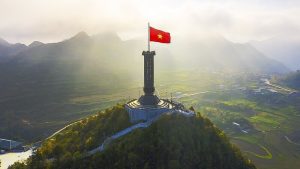
Ancient stone beach, archaeological site
About 17 km from the center of Xin Man district, there is a complex of rocks engraved with signs on which scientists say those engravings date back to 2,000 years. The rocky beach has about 7 large rocks and 2 megaliths (extremely large rocks) on which there are engravings with about 80 diverse shapes. Ancient carved rock is an attractive place for scientists and visitors to explore and learn history.
Upland fair market
Ha Giang as well as many other mountainous areas often have fair markets. This is not just a form of economic organization. It is also a rich and profound cultural practice, containing the traditional cultural values of the nation. Ha Giang often has backward markets in the communes. It is called as a back market because it is held in reverse rotation on weekdays. This is not only a place to exchange goods, serving consumer needs, but it is also the place where the most bold expression of the national cultural identities of the uplands.
Bustling Dong Van market
Travel Dong Van, Ha Giang
The landscape is majestic with terraced fields and beautiful canola fields. The cultural identity of the upland ethnic group is the feature that fascinates and attracts visitors.











